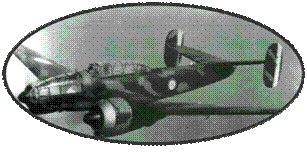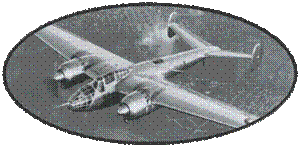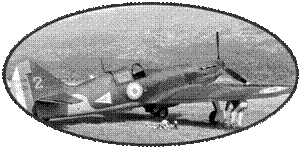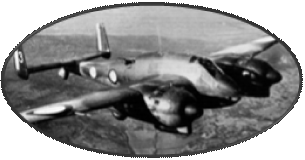The SIMOUN
C500 and C620 Caudrons presented at the Aeronautics show in November
1934, were designed by the famous Marcel Riffard, father of the
brand's racing aircraft. The aircraft is immediately presented as
a luxurious plane, combining it with the Renault Viva Grand Sport
car, presented in 1934, and also designed by Marcel Riffard. The
C500 is powered by a Renault Bengali 4 cyl. 170 hp and the C620
by a 6cyl Bengali 170 hp.
The construction
of the new aircraft uses the same techniques as those of racing
aircraft. The structure of the wing is based on the rectangular
spar with variable section, and in the central part, spruce souls
arranged vertically, provide stiffness to the right landing gear.
The curvature flaps occupy the entire trailing edge and the wing
is fully boxed birch plywood and interlining. The fuselage is of
mixed construction, steel and wood and can carry 4 passengers in
addition to the two crew members. The drawing of the vertical and
horizontal empennages takes again the characteristic drawing of
the Caudrons. The C500 and C620 were produced in few copies, and
it was not until the C630 that mass production began. It is recognizable
externally from previous versions by its two side windows instead
of three.
The Simoun
C630 is powered by a 6 Cyl Renault Bengali 6Q-07 180 hp driving
a two-blade propeller variable pitch: the mechanism is pneumatically
actuated in flight after being pressurized on the ground with a
bicycle pump ... This version , produced about twenty copies is
one of the only tourism devices capable of reaching 300km / h. It
will be followed by the main version: C635 and C635M for the military
version. The unit is then motorized by a 6 cyl. Renault Bengali
6Q-09 220 hp and the wing receives a dihedral of 4 ° to improve
stability. These two versions will be produced more than 500 copies.
The young
company "Air Bleu", founded in 1935, and whose main shareholder
is none other than Louis Renault, bought a dozen C630 and C635 to
transport the mail. The first four connections took place on July
10, 1935, with flights from Le Bourget to Lille, Le Havre, Strasbourg
and Bordeaux at a very good average of 250 km / h. These daily connections,
were ensured by all time until August 1936, date when "Air Bleu"
in financial difficulty was forced to stop, for a time, its activity,
with for principal reason, the appearance of a tax put in place
by the Post Office. It was not until July 1937 that "Air Bleu" was
able to take over the operation of the lines.
The Caudron
Simoun, by his performances attracted many pilots raids. December
18, 1935, it is on board that the crew Genin-Robert realizes the
trip Le Bourget-Tananarive, or 8 665 km, in 57 h 36 min. At the
end of 1937, Maryse Hilsz made a Paris-Saigon raid in less than
four days, and on December 30, 1936, Maryse Bastié crossed the South
Atlantic aboard a C635. Also mention André Japy, who succeeded on
November 15, 1936, to join Japan, or 14000 kms in 75hres of flight
... before crashing on the landing and to be seriously wounded.
Antoine de Saint-Exupéry also made numerous flights on board, including
an attempted flight Paris-Saigon, December 29, 1935, to beat the
record of André Japy.
The aircraft
interessa the Air Force who commanded the Simoun in the military
version C635M, as liaison and training aircraft for flying schools.
At the time of the German attack, on May 10, 1940, nearly 500 copies
had been delivered out of the 650 ordered. To these, we must add
the Caudrons "civil" requisitioned from September 1939.
After the
Armistice, the Germans seize a hundred aircraft that will fly under
German colors until 1945. Other copies, present in North Africa
were used by the Vichy Air Force before passing to the hands FAFL.
They stole until spare parts were exhausted.
Today, only
two Caudron Simouns are visible, including one at the Air and Space
Museum. The second is being restored thanks to the association "Renaissance
du Caudron Simoun". .













